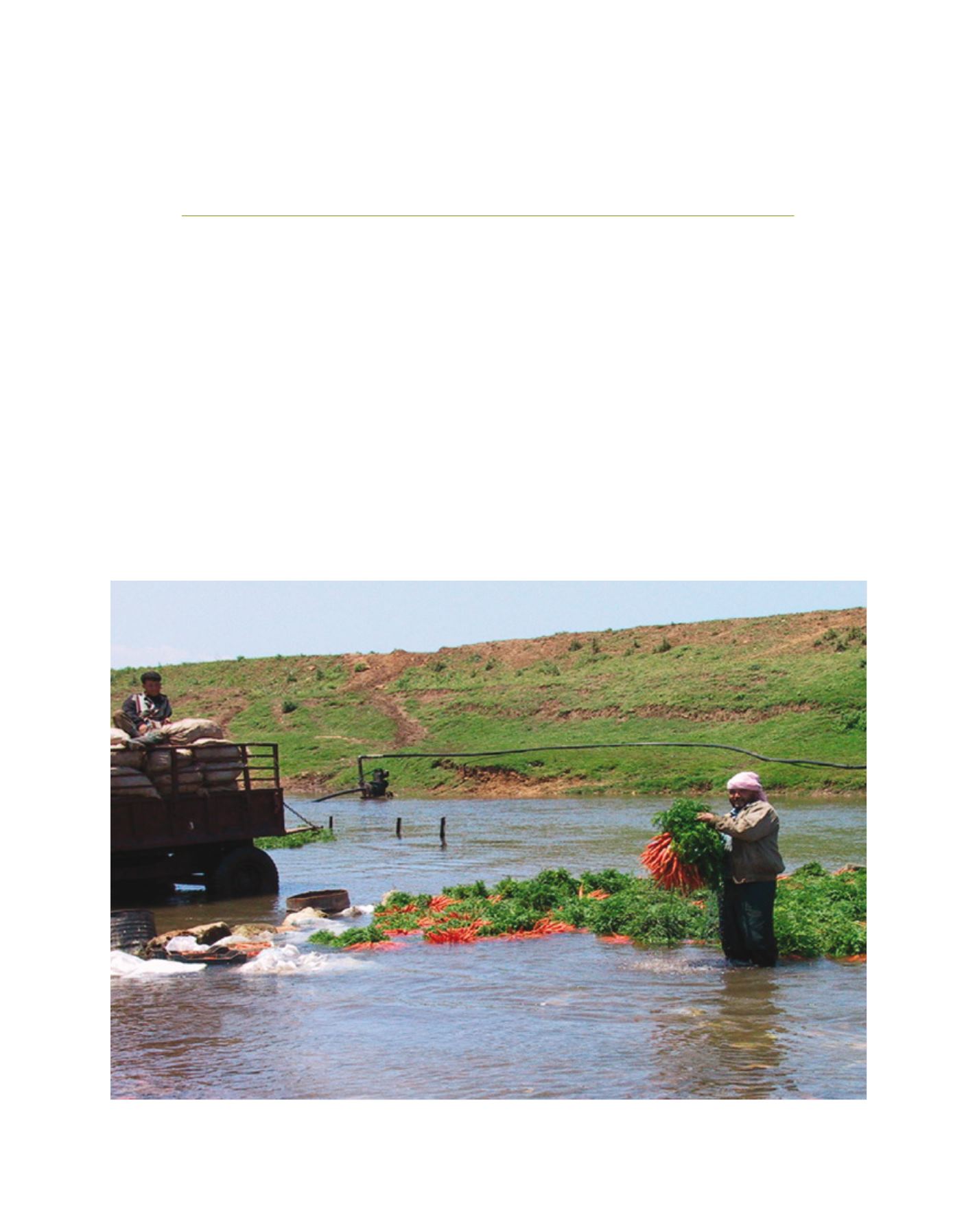

[
] 211
Assessment of Lebanon’s shared water resources
and the need for effective cooperation
Amin Shaban, Talal Darwich and Mouin Hamze, National Council for Scientific Research, Beirut, Lebanon
L
ebanon, a Middle Eastern country with an area of about
10,400 km
2
, is known for its plentiful water resources.
The precipitation rate averages about 900 mm, thus 15
rivers exist and more than 2,000 major springs, in addition to
a number of potential groundwater reservoirs. However, the
country faces several challenges resulting from water stress that
stems from both natural and human driving forces. In addi-
tion to climate change, pollution, and over-exploitation, the
mismanagement of transboundary water resources is the most
significant issue. A lack of effective cooperative water manage-
ment approaches at local, regional and even international levels,
means that shared water is neglected and uncontrolled.
About three quarters of Lebanon’s border is shared
with neighbouring countries, and thus it has many
shared water resources. Yet no creditable measures
have been reported on cross-border water. There are
two transboundary rivers between Lebanon and Syria
in the north and one river feeding Lake Tebria and
the Jordan River to the south. In addition, the three
major aquifers of Lebanon extend to neighbouring
regions. There is only one water treaty with Syria
on the Orontes River, established in 1994. This has
proved a successful aspect of cooperation. However,
the rest of Lebanon’s transboundary water resources
W
ater
C
ooperation
, S
ustainability
and
P
overty
E
radication
Uncontrolled use of transboundary river water along the Al-Kabir River
Image: National Council of Scientific Research (CNRS), Lebanon


















